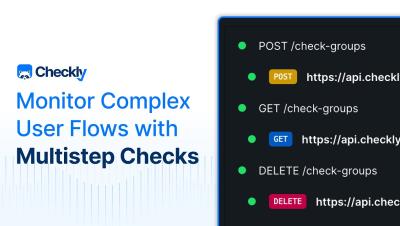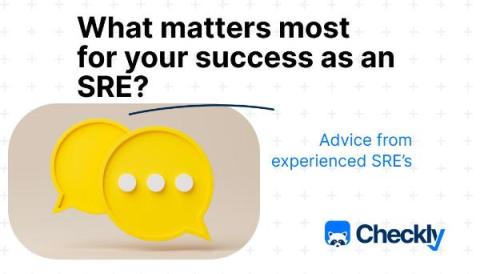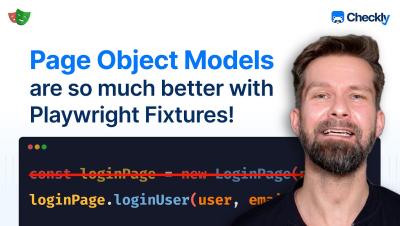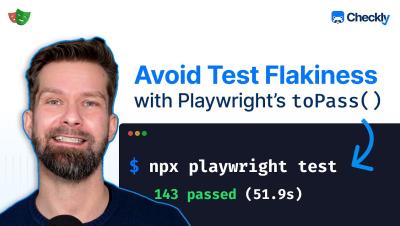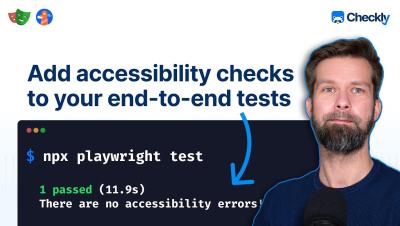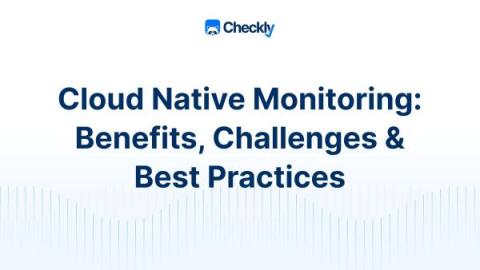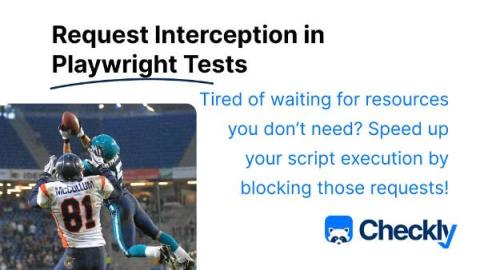Monitor Complex User Flows with Checkly's Multistep Checks
Learn how Checkly's new multistep checks help you to decrease incident response times with synthetic monitoring. Use multistep checks to chain and manage multiple API requests, run custom code for response validation, and get accurate alerts when incidents occur. This video explains how to create a multistep check to monitor a RESTful API from scratch. Do you have questions? Join our vibrant Checkly community on Slack and explore further!


